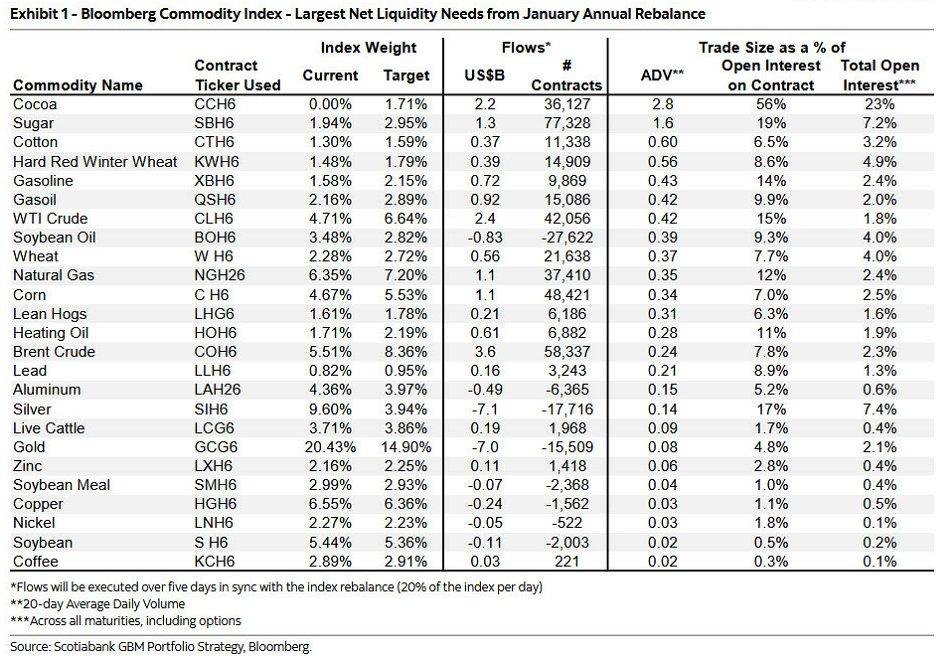Overview: The dollar is firm, and the market is challenging the JPY160 level, which it has traded above in Europe. Japanese officials say that they do not defend a specific level. The market is nervous though and some participants have professed intentions to sell dollars above there. The Australian dollar is the main exception to the greenback's strength today. A strong monthly inflation print boosts the chances of a rate hike. The Aussie, though, has not broken out of its $0.6600-$0.6700 range that has dominated since mid-May. Most emerging market currencies are weaker, including the Chinese yuan, which is at new lows for the year (both on- and offshore).
Equities are higher. Asia Pacific bourses advanced with Australia's market being the outlier, on the heels of the higher CPI and an 11 bp surge in the 10-year yield. Europe's Stoxx 600 has recouped yesterday's roughly 0.25% loss, and US NASDAQ and S&P 500 futures are extending yesterday's gain, while the Dow, which fell 0.75% yesterday, is still under pressure. European benchmark yields are mostly 2-3 bp higher, with French bonds underperforming. Near 4.28%, the US 10-year Treasury is up almost three basis points to a new high for the week. A firm US dollar and higher rates is weighing on gold. The yellow metal has stabilized near $2316 after reaching a six-day low near $2310. August WTI is firm near $81.50. It is meeting resistance around $82, which it has not traded above since late April.
Asia Pacific
The news stream is light. The only data of note was the unexpectedly large rise in Australia's monthly CPI print. The year-over-year rate rose to 4.0% in May from April's 3.6%. It is the third consecutive increase after it held the cyclical low of 3.4% from December 2023 through February 2024. Officials put more weight on the quarterly reading, which is not due until July 31. The central bank next meets on August 6. Another hawkish hold is likely, but the market recognizes the increased risk of a rate hike. The futures market now sees more than a 30% chance of a hike, up from practically zero yesterday. It has a nearly 50% chance of a hike by November. For most of the month, a small chance of a cut was discounted. Tomorrow, Japan reports May retail sales. They averaged a monthly gain of 0.4% a month in the first four months of the year compared with a 0.7% average in the same period a year ago, despite the higher wage settlements and higher inflation. In GDP terms, consumption has contracted for the past four quarters, The last time this happened was in 2008-2009. Recall that household spending rose on a year-over-year basis in April for the first time since February 2023. China reports industrial profits tomorrow. The fierce competition contributes to the weak price pressures and squeezes profit.
The dollar traded quietly mostly in a JPY159.20-JPY159.75 range yesterday. It has pushed tentatively above JPY160 in the European morning. The greenback has found support around the five-day moving average (~JPY159.20) and has not closed below it since June 6. The high in late April was slightly above JPY160.15, and it does not look as if the intervention took place until the dollar has pulled back. Intervention appears to have begun around JPY159.50. The one-way market risk remains. Coming into today, the dollar has risen in 12 of the past 15 sessions. It is up eight of nine sessions. One-month implied volatility has pulled back from above 9% on Monday to about 8.35% on Tuesday, which is about is average over these 15 sessions. It is a little firmer today. The Australian dollar continues to consolidate in mostly a quarter-cent range on both sides of the middle of its well-worn range ($0.6600-$0.6700). It reached almost $0.6690 in response to the CPI., but is back below $0.6675 as this is posted. It does not look over and it could challenge the $0.6700 in North America, but it has not closed above there since early January. The yen's weakness is not doing the PBOC any favors. The PBOC set the dollar's reference rate higher sixth consecutive sessions. The dollar was fixed at CNY7.1248 (CNY7.1225 yesterday). Rising funding costs in Hong Kong, with the seven-day interbank rate rising to its highest level since April (ostensibly month- and quarter-end pressures) is making it more expensive to short the offshore yuan. The dollar reached a new high against the offshore yuan near CNH7.2980.
Europe
The light European economic diary offers little distraction from politics. The backdrop is that the ECB cut rates for the first time before the Federal Reserve. The swaps market shows a slightly greater likelihood that the ECB cuts rates at its September 12 meeting than the Fed at its September 18 meeting. The US policy rate is 175 bp above the eurozone's while its CPI (which includes a proxy for home ownership that the EU harmonized measure does not) is about 70 bp above the eurozone's. Subtracting the headline CPI from the policy target gives 2.2% in US and 1.15% in the eurozone. For comparative purposes, the UK's policy rate is at 5.25%, 25 bp below the US, while May CPI was at 2.0%. Adjusting the policy rate by May's inflation is 3.25%.
The euro traded inside Monday's range yesterday, and it too does not appear to be moving anywhere quickly. It is still in Monday's range's range (~$1.0685-$1.0745). The breakout could signal the direct of the near half- to a full-cent move. Among the most unexpected scenarios would be a euro rally ahead of the first round of the French election this coming weekend. Next week, the eurozone will likely report its second consecutive monthly rise in the year-over-year CPI. In fact, it may very well unwind the improvement over the last four months and return to January's 2.8% pace, if not 2.9%, the high from Q4 23. And at the end of next week is the US June employment report. Recall that before the May jobs report, the euro was flirting with $1.09 and sold a cent afterwards. Yesterday, sterling traded in its narrowest range (slightly more less than a third-of-a-cent, according to Bloomberg) in three months. It closed firmly within the narrow range, albeit slightly below $1.27. It has held below $1.2700 today and appears to have found support near $1.2660 in Europe. As a purely political event play, the French election has the potential to be more disruptive than the UK election. The euro's bounce from GBP0.8400 in mid-June, its lowest level since August 2022, appears to have stalled near GBP0.8475 on Monday. It is little changed today, in about a GBP0.8435-50 range.
America
This week's data highlights for the US are Thursday-Friday, not today. Today's new home sales (May) tend not to be a market mover. They have been alternating between increases and decline this year. True to form, after falling 4.7% in April, new homes sales are expected to have ticked up slightly in May. Still, despite the higher rate and other headwinds, new home sales are essentially matching last year's pace. The average seasonally adjusted annual rate this year through April is 648.5k. The average in the first four months of 2023 was 648.75k. Tomorrow, more important than revisions of Q1 GDP will be May's goods trade balance, inventory figures, and durable goods orders, which will feed into Q2 GDP expectations. The median in Bloomberg's monthly survey sees 2% annualized growth in Q2, while the Atlanta Fed's GDP tracker has it at 3% (as of June 20). The market may be most sensitive to the weekly jobless claims, given the recent increase and a growing sense, articulated by San Francisco Fed President Daly that the labor market appears to be at an inflection point. While the Canadian calendar is light after yesterday's higher than expected CPI, which dampens the chances of another rate cut next month (s~30% from ~60% in the swaps market), Mexico reports May trade figures and unemployment tomorrow ahead of the central bank meeting. No change in rates is expected. President-elect Sheinbaum is expected to announce more cabinet appointments, too. The first batch were from the moderate wing of the Morena party. The second batch may not.
The firmer than expected May CPI helped extend the Canadian dollar's rally. The greenback fell to almost CAD1.3625 as the market downgraded the chances of a Bank of Canada rate cut next month, which we had thought was too high to begin with. The US dollar recovered but could not re-establish a foothold above CAD1.3670, but it is toying with the area today. The Canadian dollar has been in a one-way market almost as much as the yen over the past three weeks. The Canadian dollar has risen in 11 of the past 15 sessions. and in 10 of the past 12 sessions coming into today. The recent price action reinforces the CAD1.36-CAD1.38 trading range. The Mexican peso had its worst day in two weeks falling 1% yesterday. The dollar rose above Monday's high (~MXN18.1485) and almost reached the five-day moving average (~MXN18.20) but settled slightly below MXN18.10. All the Latam currencies weakened but the Chilean peso yesterday, despite the fall in copper prices that took that July contract to its lowest level in two months. It was also the Brazilian real's worst session in a couple of weeks. It fell by about 1.1%. The dollar has risen from about BRL5.20 at the end of May to a little above BRL5.48 a week ago. It settled slightly above BRL5.45 yesterday.
Tags: #USD,Australia,Brazil,Canada,Currency Movement,Featured,Japan,Mexico,newsletter,real rates,US






























